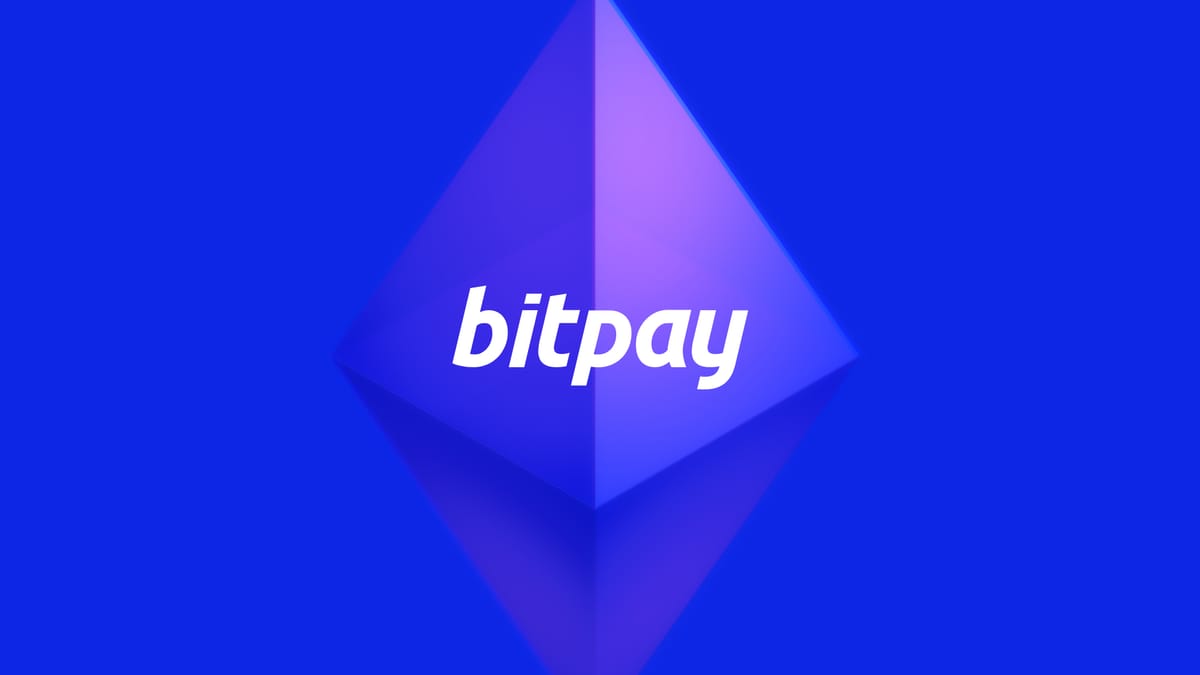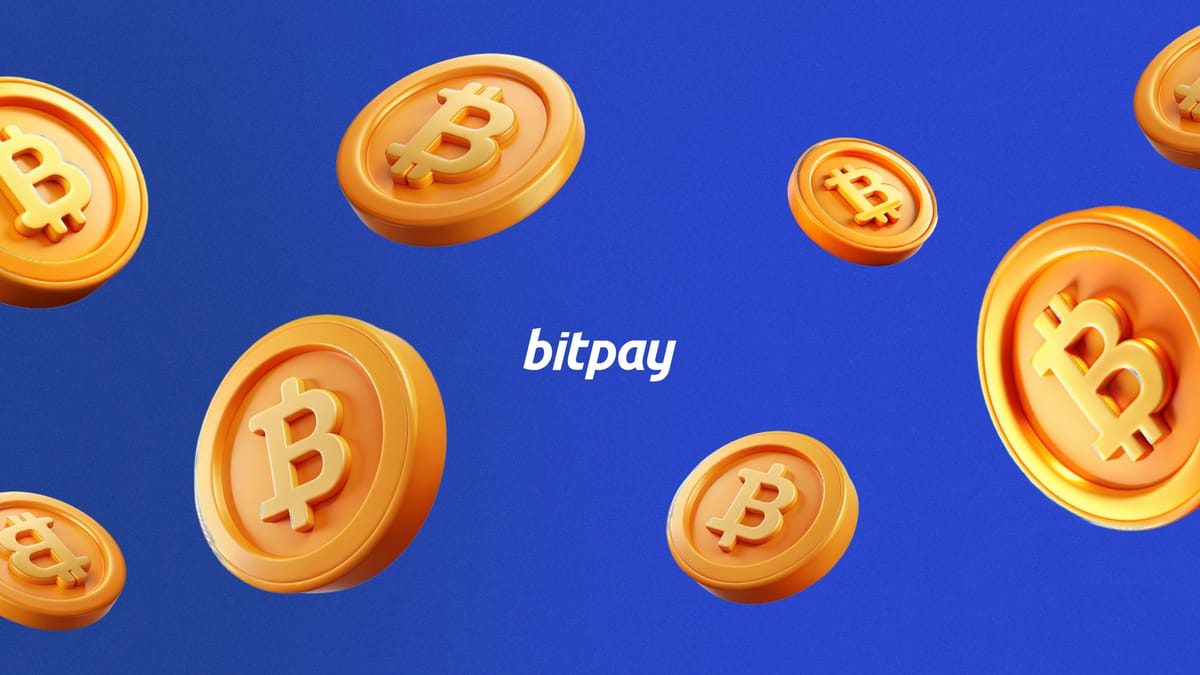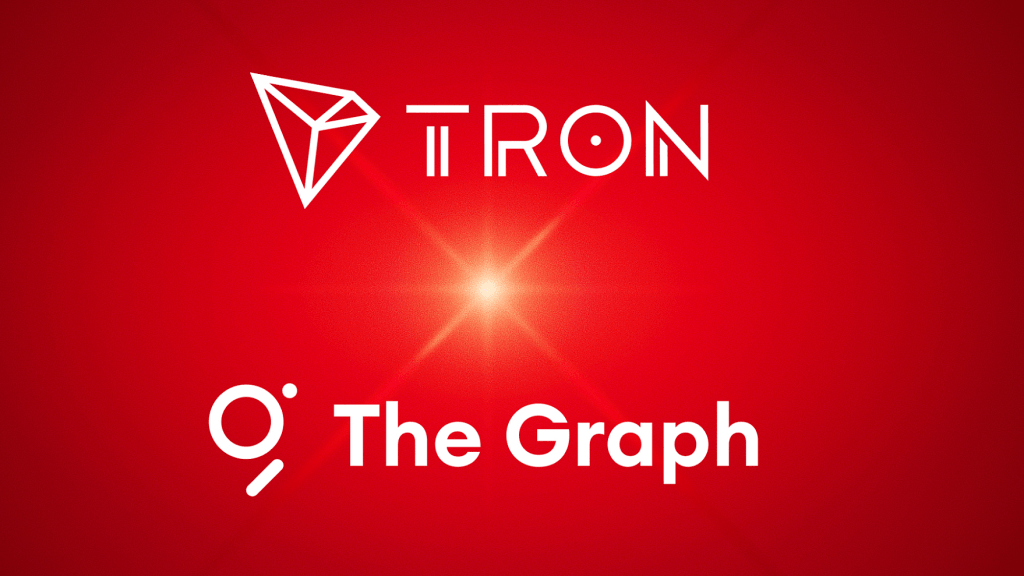Ethereum is an open-source blockchain that enables the use of smart contracts and decentralized applications (dApps).
Launched in 2015, Ethereum has significantly contributed to the adoption of blockchain technology by providing a platform for developers to build and deploy dApps.
The Ethereum network operates through the Ethereum Virtual Machine (EVM), which executes smart contracts and processes transactions.
Ethereum’s transition to Ethereum 2.0 aims to improve scalability, security, and sustainability by moving from a proof-of-work to a proof-of-stake consensus mechanism.
ETH, Ethereum’s native token, is the #2 cryptocurrency behind BTC and can be bought, stored, traded, staked, or spent at various merchants and platforms supporting cryptocurrency transactions.
Ethereum is an open-source blockchain with smart contract functionality. It is the second-largest cryptocurrency by market capitalization. Ethereum’s native cryptocurrency is called Ether (ETH).
Launched in 2015, Ethereum has been a major contributor to the adoption of blockchain technology. It enables both financial transactions and the execution of programmatic agreements called smart contracts. These contracts self-execute upon the programmed terms of an agreement being met. Smart contracts have many different use cases, from creating decentralized applications (dApps) to issuing new cryptocurrencies.
Ethereum’s main role in the blockchain realm comes from its ability to provide a platform for developers to build and deploy decentralized applications. It has fostered an ecosystem of dApps that have uses in finance, gaming, social media, and more. The introduction of Ethereum also paved the way for initial coin offerings (ICOs), which have become a popular fundraising method for blockchain projects. ICOs also gave birth to many scam tokens in the early days of crypto.
What is Ethereum? Ethereum explained
Ethereum is a decentralized platform that enables the use of smart contracts and decentralized applications (DApps). At its core, Ethereum is powered by the same blockchain technology that underlies Bitcoin and most other cryptocurrencies
A blockchain is a distributed ledger that records all transactions across a network of computers called nodes. Ethereum’s native cryptocurrency, Ether (ETH), is used to pay nodes for performing computational tasks.
In Ethereum’s smart contracts, every action taken happens in the form of a transaction on the Ethereum blockchain. DApps are composed of a variety of smart contracts carrying out many functions. This can lead to high transaction costs (also known as gas fees) during times of peak dApp activity, when there are a large number of transactions competing to be included in the next block.
Because of this, Ethereum has been a victim of its own success for a number of years, being caught in a state of perpetually high fees. The same can be said of many other popular Layer-1 blockchains to a degree. But because Ethereum constantly has so many transactions due to the smart contracts used for dApps, the fees rarely come down.
A brief history of Ethereum
Ethereum was proposed in late 2013 by programmer Vitalik Buterin and development was crowdfunded in 2014. It went live on July 30, 2015, with 72 million coins minted. Since then, Ethereum has undergone several protocol upgrades, new releases, and forks. The most significant and recent would be the transition to Ethereum 2.0, which aims to improve scalability, security, and sustainability. We will explore Ethereum 2.0’s features and benefits in detail later in this article.
The first hard fork was in 2016 after Ethereum’s Decentralized Autonomous Organization (DAO) was hacked. An attacker exploited a mechanism inside the DAO’s refund mechanism, which allowed users to withdraw their contributions. The hacker was able to repeatedly request refunds, stealing millions of dollars’ worth of ETH.
As a solution, the decision was made to roll back the blockchain to a time before the hack, meaning the stolen funds would no longer be included in the chain’s history. This decision resulted in a hard fork, creating two distinct blockchains: Ethereum (ETH), which adopted the new changes, and Ethereum Classic (ETC), which continued with the original blockchain, emphasizing immutability.
In the years following this event, the Ethereum protocol has undergone numerous changes and improvements such as Byzantium (2017), Constantinople (2019), and Istanbul (2019), each enhancing Ethereum’s functionality, performance, and security. A full chronological list of these upgrades can be found on Ethereum’s official website.
How does Ethereum work?
The Ethereum network operates through a global network of computers called nodes, which collectively form a supercomputer often referred to as the Ethereum Virtual Machine (EVM). The decentralized ledger records all transactions, including smart contract functions. Smart contracts are executed by the (EVM). Together, the EVM and smart contracts enable a platform for developers to build a variety of decentralized applications, from games to financial tools. Users pay gas fees to execute transactions and smart contracts, incentivizing network participants to maintain and secure the blockchain
A few of the most often-used applications built on Ethereum include:
- Stablecoins: Digital currencies like USDC, which are pegged to a stable asset to minimize volatility
- DeFi applications: Platforms such as decentralized exchanges lie Uniswap, enabling peer-to-peer trading without intermediaries.
- Games and NFTs: Decentralized games and NFT marketplaces, where users can own and trade digital assets
In essence, smart contracts work by automatically carrying out their pre-programmed functions when the agreed upon conditions have been met, enhancing efficiency and transparency. This allows for many computational tasks to be carried out independent of any centralized third-party computer servers, thanks to the EVM.
Ethereum vs Ether
There’s an important distinction to be made when it comes to Ethereum and Ether (ETH). Like many blockchain ecosystems, there exists two main components: the chain itself, and its native cryptocurrency. In this case, Ethereum is the blockchain, while ETH is the cryptocurrency.
ETH powers the decentralized applications built on the Ethereum network. Each transaction requires a “gas” fee denominated in gwei, the tiniest units of ETH. Regular financial transactions also require fees paid in ETH.
Ethereum’s key innovations
Ethereum was the first blockchain to introduce smart contracts. This gave rise to DeFi, providing a way for anyone to access financial services like borrowing and lending without needing approval from a bank.
Ethereum is also responsible for the creation of non-fungible tokens (NFTs). NFTs are one-of-a-kind cryptocurrencies that can’t be replicated. The first implementation of this tech was a game called CryptoKitties in 2018. Since then, NFTs have been used to create unique digital collectibles as well as many other use cases still being experimented with.
Ethereum recently upgraded to Ethereum 2.0, which was an update geared towards improving the network’s scalability, security, and sustainability. This upgrade transitioned the network from a proof-of-work (PoW) consensus mechanism to a proof-of-stake (PoS) mechanism, reducing its energy usage and increasing the amount of transactions per second (TPS) the network can handle.
Due to its persistent high fees, layer-2 solutions like Polygon (MATIC) have been created to improve efficiency. Polygon is similar to Bitcoin’s Lightning Network in that users can make transactions off-chain at much cheaper cost with faster transaction times.
Ethereum vs. Bitcoin
Both Ethereum and Bitcoin have a blockchain and a native currency. Bitcoin allows anyone in the world to transfer value to another without the need for a third-party intermediary. Similarly, Ethereum allows developers to create applications that are intended to work as programmed without any outside intervention. Each platform has its use cases and benefits.
Here are some advantages and disadvantages of Ethereum vs Bitcoin.
Bitcoin benefits and disadvantages
Pros
- Fully decentralized nodes
- No issuer
- Supply cap of 21M
Cons
- Low transaction throughput
- High energy requirements due to proof of work consensus
- Less developer-friendly
Ethereum benefits and disadvantages
Pros
- Smart contract capabilities
- Very programmable
- Low energy usage thanks to proof of stake consensus
Cons
- Most nodes are hosted on 3rd-party cloud services like AWS
- No supply cap
- PoS means the wealthiest token holders have disproportionate influence
How to use Ethereum
Ethereum’s native cryptocurrency, ETH, is versatile and can be used in various ways similar to other digital currencies. Whether you’re looking to buy, trade, store, stake, or spend, ETH offers a wide range of functionalities that cater to different user needs.
Popular ways to use Ethereum and ETH
- Spending ETH: Spend ETH at various merchants that accept Ethereum payments, buy crypto-powered gift cards, or pay off bills directly from your wallet. All of these options are offered within the free BitPay Wallet app.
- Buying ETH: Purchase ETH on cryptocurrency exchanges like Coinbase or Kraken. Alternatively, if you prefer to buy crypto with self-custody, use the BitPay Wallet app.
- Swapping ETH: Swap ETH for other cryptocurrencies within your wallet or on a decentralized exchange (DEX) like Uniswap.
- Selling ETH: If you’d like to minimize risk or realize gains, selling ETH can be securely and easily done within the BitPay Wallet app or other leading exchanges.
- Storing ETH: Store ETH securely in a self-custody wallet like BitPay or on an exchange wallet.
- Staking ETH: Stake ETH to earn passive rewards by setting up an Ethereum validator or using staking services offered by leading exchanges.
The best self-custody wallet for buying, storing, swapping and spending ETH
Get the BitPay Wallet App
ETH can be used much like other cryptocurrencies. The token can be bought, stored, traded, or spent. Buying and trading can be conducted on an exchange like any other cryptocurrency. Users can choose to hold ETH on an exchange or in a self-custody wallet like the BitPay wallet. ETH is also accepted as payment at a variety of online merchants.
Due to Ethereum’s move to proof-of-stake, ETH can also be staked to earn passive rewards. Staking as an individual requires setting up an Ethereum “validator,” the equivalent of a miner in a proof-of-work blockchain like Bitcoin. This can be technically complicated. Fortunately, many crypto exchanges now have staking built into their platforms. Users can hold coins like ETH in their wallet and automatically receive staking rewards regularly.
Ethereum wrapped up and look forward
Ethereum is the first blockchain to implement smart contracts, while its native cryptocurrency, ETH, is the second-largest crypto by market cap. The Ethereum blockchain has given birth to an entire ecosystem of new decentralized applications, cryptocurrencies, and blockchain-based innovations. This growth has even led to the rise of so-called “Ethereum killers,” or other layer-1 blockchains that hope to outcompete Ethereum as a smart contract platform. Avalanche, Cardano, and Solana all fall into this category.
Ethereum’s innovations have paved the way for a burgeoning blockchain industry. While challenges remain, the progress made has inspired many competitors to try and improve upon what Ethereum began. Some use cases are still being perfected, while many more have yet to be foreseen.


















